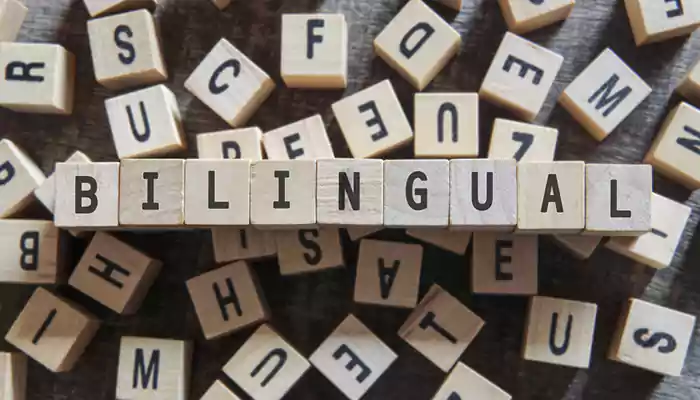Myths about bilingual learning

Learning in more than one language has many benefits, however, it is surrounded by many misconceptions. Bilingual learning has become a global trend. The benefits associated with bilingualism are growing rapidly. Bilingual education means learning academic content in two different languages. Generally, one of them is native and the other one is a secondary language based on the requirement in that region. Many people consider it bad as it may put enormous pressure on the students, while others think that, bilingual education is the best way to gather knowledge and it is mandatory for higher studies and jobs. Let's debunk some misconceptions about bilingual learning. Myth: Bilingual learning can delay language or speech development in kids Fact: Most children start speaking their initial words before one year. Within 2years they start speaking two-word phrases like my ball. Be it one language or bilingual, the development of the brain to speak remains the same. Yes, there is a chance that a bilingual kid might mix or confuse one part from one language with another part from another language. This doesn't mean that the kid is abnormal. By doing mistakes, the kid will ultimately learn to use phrases properly. Myth: Bilingual learning may lead to language or speech disorders. Fact: If a child has any type of speech or language-related problems, it will definitely show up in both learning processes. Bilingualism is not a cause of speech disorders. It has been confirmed by various cognition-related studies. Bilingualism can enhance your cognitive functions. It has been proved by scientific studies that bilingual children are generally creative. Also, they perform better in conflict management tasks. As they are good at communication, they tend to get better opportunities in jobs. Myth: Learning more than one language simultaneously will lead to confusion among kids. Fact: It is undeniable that varying grammar rules may lead to confusion among kids and they might mix things up. Generally, by the time your kid ages 4 years, your kid becomes able to separate the different languages. It depends on brain development. However, mixing both languages in one sentence may happen. This can be avoided by regular practice. Myth: Bilingualism should be practiced since childhood, otherwise you will never be fluent in other languages in the later phase of your life. Fact: The power of learning new languages is indeed highest in childhood, but older people can also learn different languages. It just needs more practice. So, don't worry about fluency. Myth: One person is truly bilingual when he/she is equally fluent in two different languages. Fact: There is a concept called dominant language and secondary language. A bilingual person can be more fluent in one language than the other. It is purely based on the use of the language. Language and speaking depend on how frequently you are using them. So, fluency is not a measurement of bilingualism. So, stay away from these myths and encourage others to learn different languages.

.webp)
.webp)


.webp)
.webp)
.webp)




